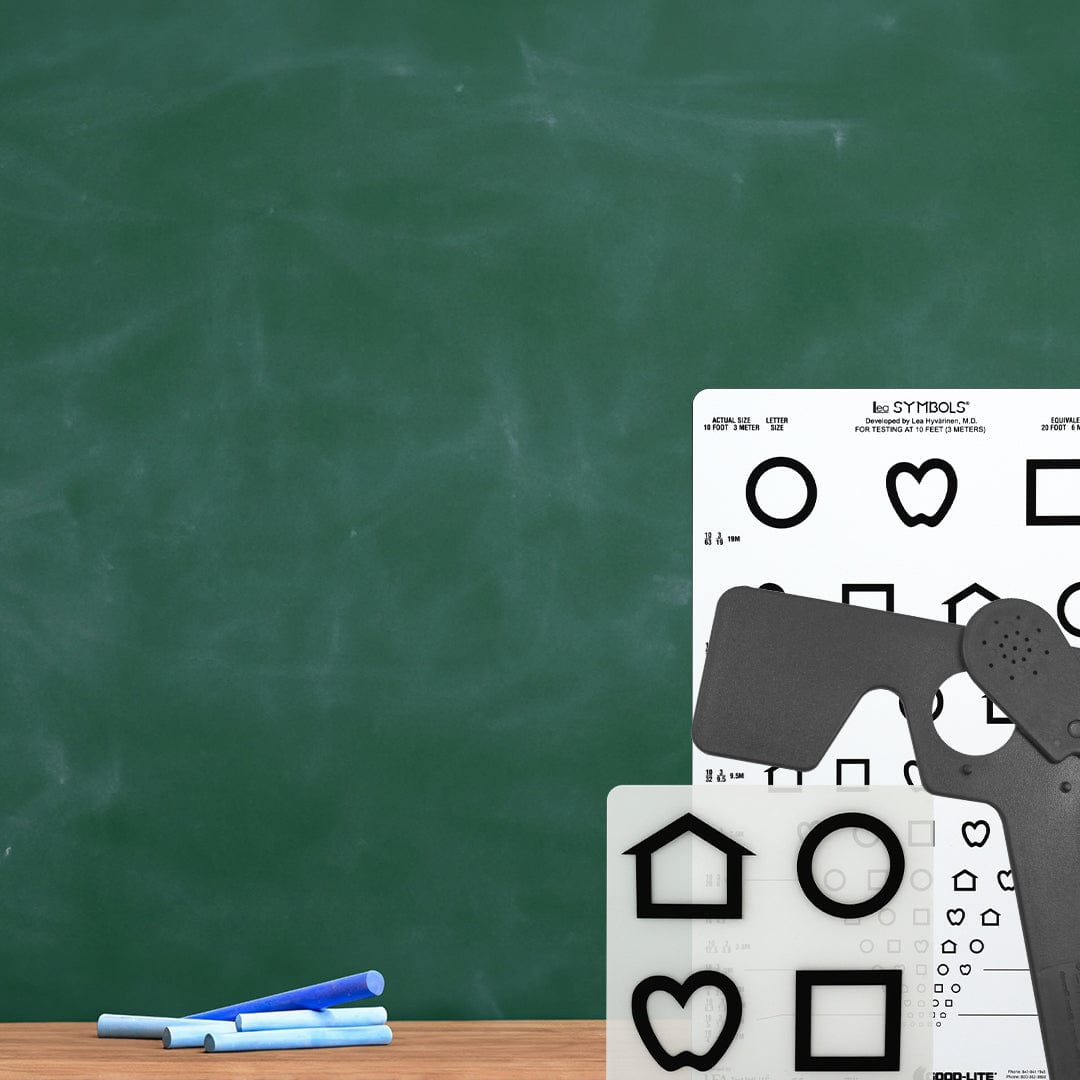Table of content
History of the Runge Near-Vision
In the fast-paced world of healthcare, efficiency is paramount. When it comes to vision assessment, every second counts, especially in urgent clinical settings. Dr. Paul Runge, during his residency in ophthalmology at Cook County Hospital, Chicago, recognized the need for a practical and rapid vision assessment tool. Thus, the journey of the Runge Near-Vision Card began.
How was it developed
The initial concept for the Runge Near-Vision Card involved modifying the traditional Rosenbaum vision test to facilitate quicker assessment of visual acuity. By rearranging the letters on the card and tilting it 90° counterclockwise, Dr. Runge created a self-contained vision test wherein patients could read a single line of letters to determine their visual acuity. This novel approach aimed to eliminate the need for patients to navigate through multiple lines of letters, reducing testing time and improving efficiency.
As a result of my late night experiences with vision testing, I began to think about a way of performing a rapid and accurate vision test
Following the creation of the prototype, Dr. Runge collaborated with colleagues and graphic designers to refine the design and functionality of the card. Feedback from users, including ophthalmology residents and clinicians, was instrumental in identifying areas for improvement. One significant enhancement was the addition of a modified test on the back of the card to serve as a key, enabling examiners to track patients' progress more effectively. Furthermore, Dr. Runge incorporated various measures of visual acuity, including Snellen notation, Jaeger notation, LogMar, and decimal notation, to enhance the versatility of the card. As a result, this card has also served as an excellent training tool for students learning how to differentiate and convert these various measurements of acuity.

The validation process and it's adoption
The efficacy of the Runge Near-Vision Test Card was validated through extensive testing and validation studies conducted by Dr. Dennis Han from the Medical College of Wisconsin. These studies confirmed the accuracy and reliability of the card in assessing visual acuity across a wide range of patients, including those with varying levels of vision clarity. The card demonstrated high levels of agreement with established vision assessment charts, such as the Early Treatment Diabetic Retinopathy Study (ETDRS) chart and the Snellen chart, particularly in urgent and primary care settings.
The Runge Near-Vision Test Card represents a significant advancement in the field of vision assessment, providing a practical solution for rapid and accurate vision testing in clinical settings. Dr. Paul Runge's innovative approach to modifying the traditional Rosenbaum vision test has revolutionized the way clinicians evaluate near-visual acuity, offering a user-friendly alternative that is now widely adopted in optometry schools and clinical practices across the United States. Further research and validation studies may explore the card's utility in other healthcare settings and its potential applications in assessing visual acuity in diverse patient populations. The Runge near card is printed exclusively by Good-Lite and is available in Sloan Letters, HOTV, LEA® Symbols and Numbers, and most recently the Ukrainian Cyrillic alphabet.










